Xbox Series X vs Series S: which latest-gen Xbox should you buy?
Torn between Microsoft’s next-gen consoles? We take you through everything you need to know
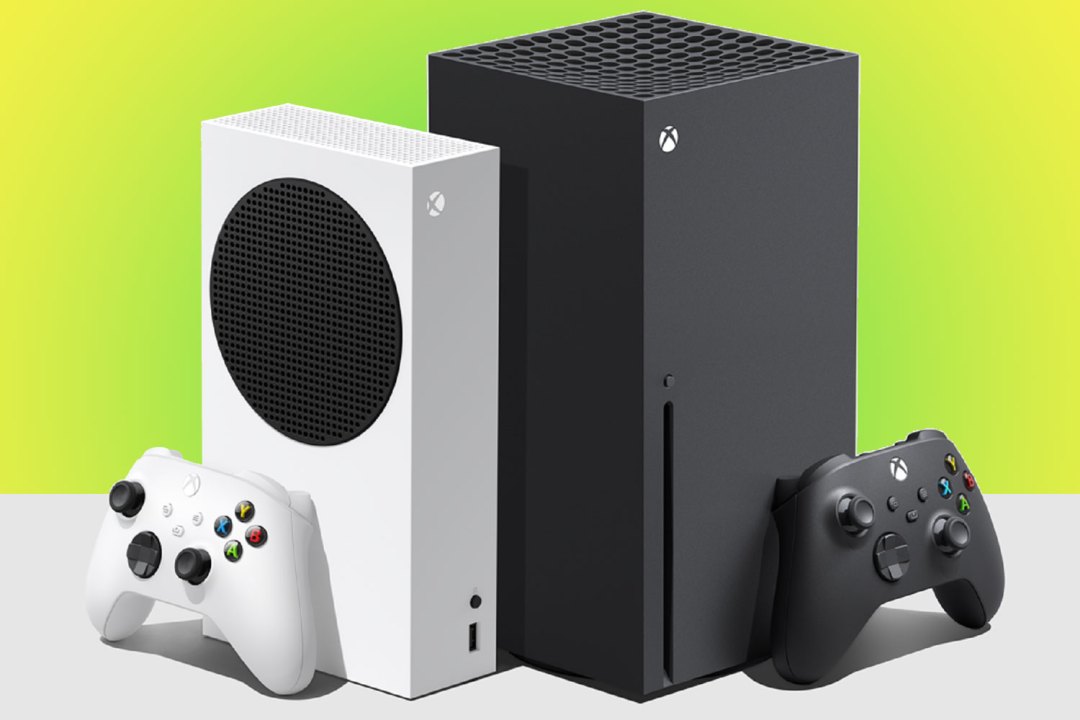
Not sure which latest-gen Xbox console to buy? You’ll soon be able to make a decision because we’ve got the answer.
If you’re already set on which one you want, that’s great, but chances are, if you’re on this page, you’re either not sure which one’s worth spending your hard-earned cash on, or what the differences between the Xbox Series X and Xbox Series S are. Fear not, for all is about to be explained…
How much do the Series X and Series S cost?
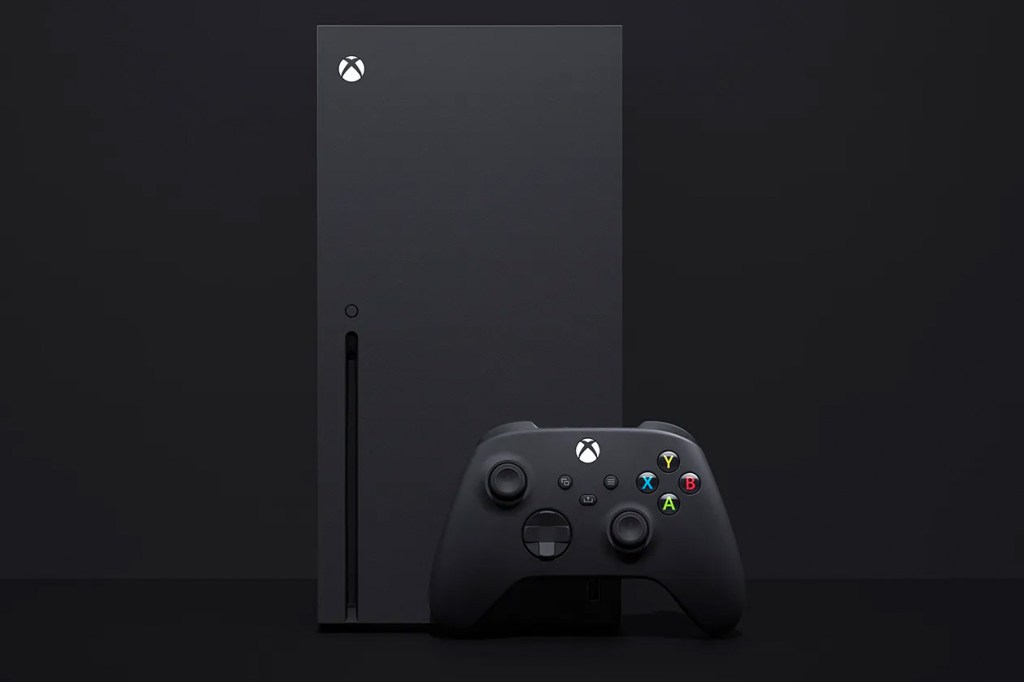
The Series X carries a premium RRP, setting you back $500/£480. In contrast, the Series S is available from $300/£250 for the white 512GB version, or $350/£300 for the black 1TB model. For context, the disc drive-toting PlayStation 5 is $500/£480, while the Digital Edition is $400/£390.
Clearly Microsoft is charging more for the Series X versus its S sibling, beyond just the design differences (which we’ll get on to in a bit). For now though, let’s dive into the meat of this comparison.
Xbox Series X vs Series S specs
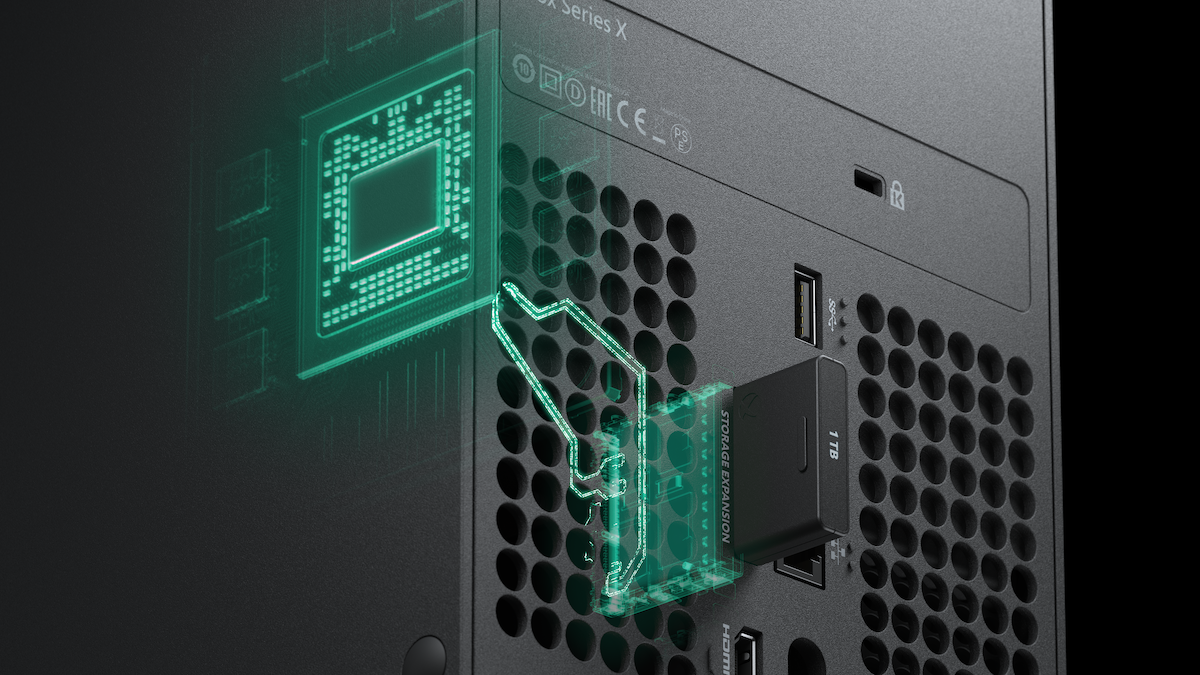
In other words, what does the Series X do that the Series S doesn’t? It’s all about the hardware and performance. The Xbox Series X is, simply put, the most powerful console ever made, squeezing past even the beastly PlayStation 5 in raw computational power —and the spec gap between the Series X and its Series S brother is even greater.
Check out Microsoft’s official spec sheet, which directly compares the two consoles (note that there is also now a 1TB model of the Series S available, which is not reflected in the below table:
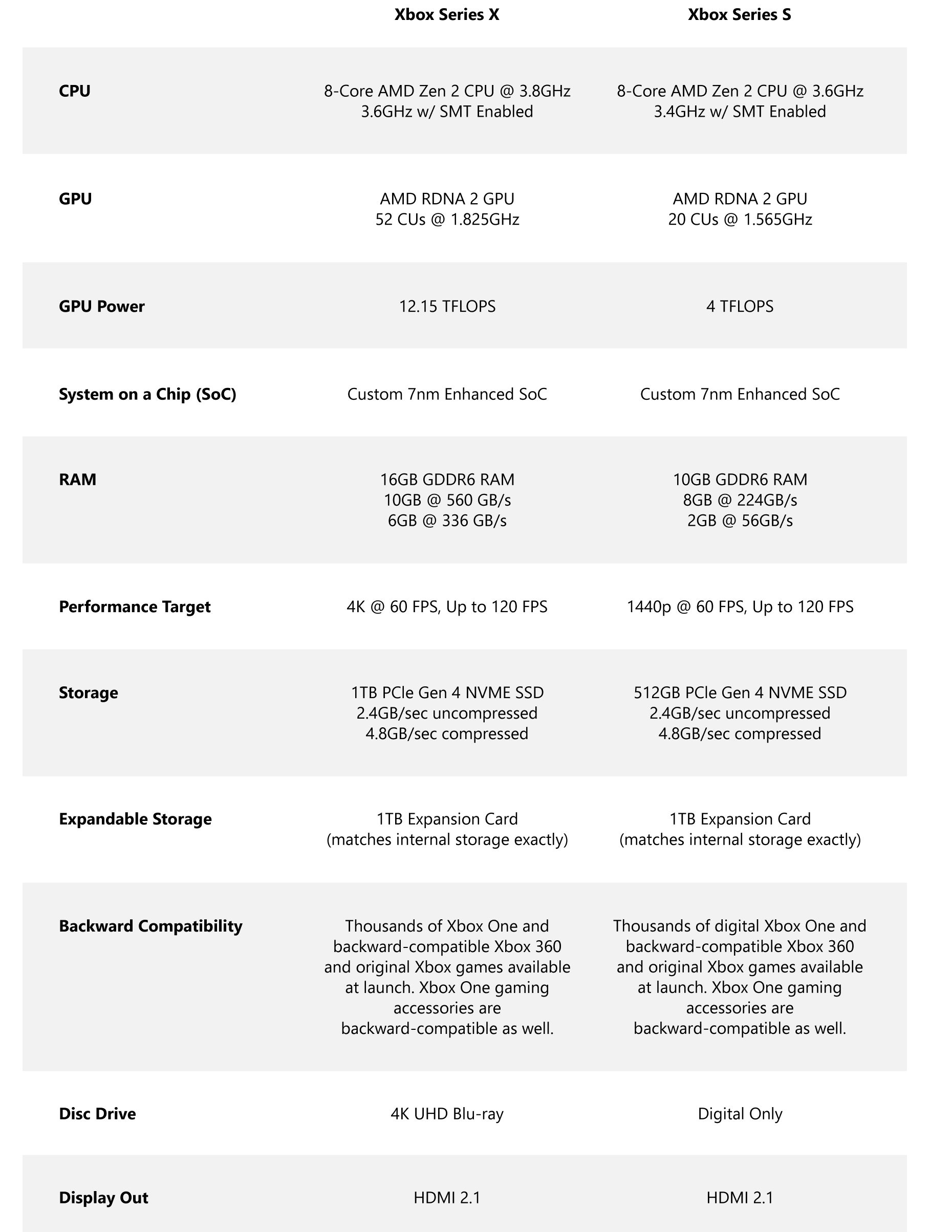
Xbox Series X vs Series S performance
But what do all those numbers mean in the real world? For starters, the Series X’s 12 teraflop GPU lets it handle up to 4K/120fps gaming, which is a feat previously reserved for the beefiest of gaming PCs. Note we said “up to”, as demanding AAA games will still likely be hovering around the 4K/60 FPS mark, although a few heavy hitters like Halo: Infinite can push 120fps at 4K. In contrast, while both consoles share similarly powerful AMD processors, the Series S’ GPU has less RAM and power in general, capable of pushing out only four teraflops in comparison.
We’re not going to dive into what teraflops are, or shove boring performance graphs down your throats. Instead, all you need to know is that the Series S is designed to provide the same smooth up-to 120fps gaming experience, just at a lower 1440p (or, if you prefer, 2K) resolution. While some less demanding games can run at 4K on the Series S, Microsoft is aiming the Series S at gamers that don’t need the highest frame rates and resolutions, as well as those with non-4K monitors. That seems pretty reasonable if you ask us.
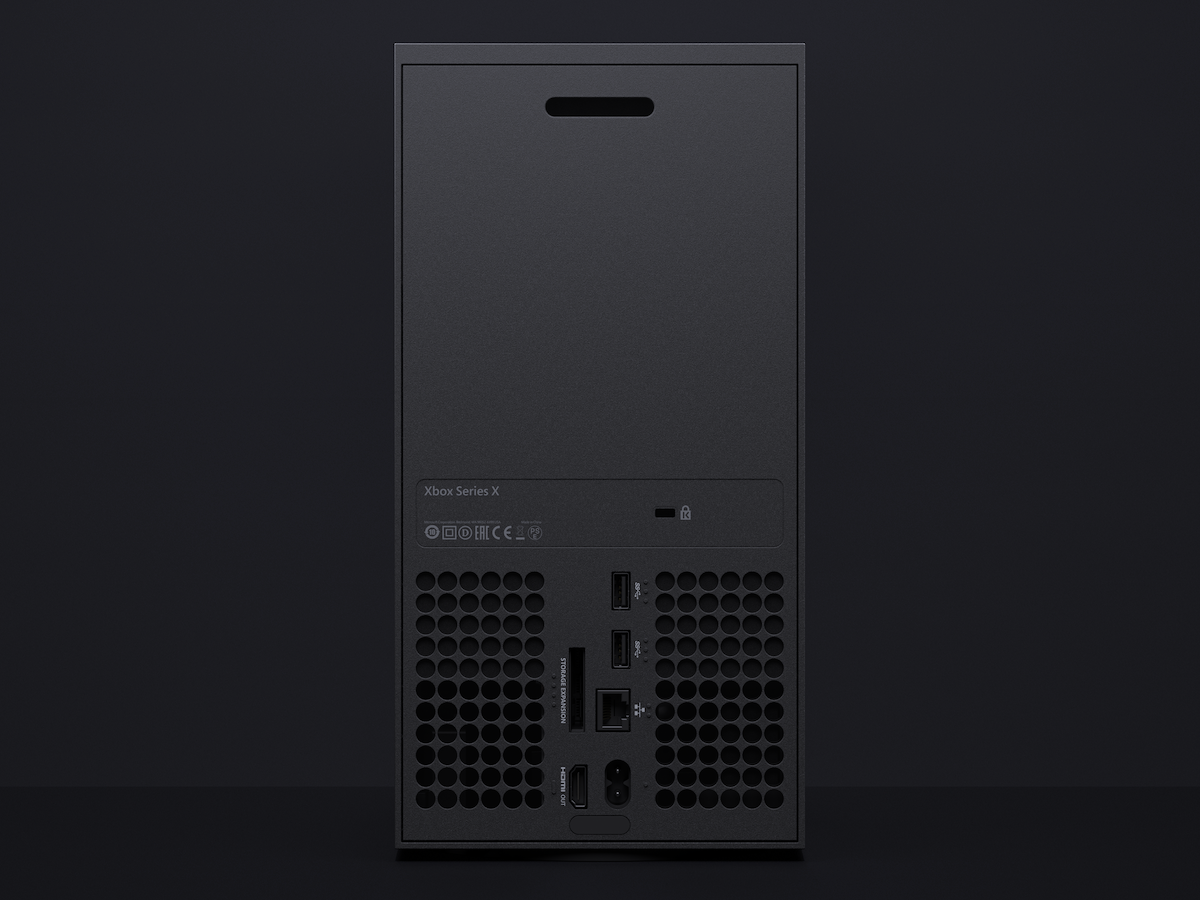
Any other differences?
Other key differences are the fact that the Series X has a 4K UHD Blu-ray drive for playing physical copies of games and films, with a larger 1TB SSD to boot compared to the base 512GB Series S model. In contrast, the Series S is a digital-only affair, meaning you’ll have to download your games and stream content. In this digital age, that’s unlikely to be a differentiator for most of us – unless you get the majority of your games from second-hand stores. The Series S’ 512GB SSD might be problematic for more serious gamers though, as it’ll only store around a maximum of five AAA games at a time, compared to around 16 games on the Series X — if you think that might be a problem, then the 1TB Series S model is definitely the way to go.
Software-wise the Series X still provides the same apps, as well as features like Quick Resume, and, of course, super-speedy next-gen load times.
Xbox Series X vs Series S design

The design language difference between the Series X and Series S is, with some loose interpretation, literally night and day.
The Series X is a serious-looking, imposing tower with an aggressive, slightly curved top riddled with precise holes to allow hot air to escape, courtesy of its large built-in cooling fan. It’s only available in black, with no other colour options officially announced at the time of writing.
The series S, in comparison, is much dinkier and surprisingly portable. Slathered in white with a black circular ventilation grille (or reversed colours for the 1TB model), it’s equally handsome, albeit in a different way. It’s a closer match to the previous-gen Xbox One S, but even more compact. Microsoft calls it the smallest Xbox ever.
Design is subjective, but we think both consoles look great. While the Series X isn’t as gigantic as the behemoth that is the PlayStation 5, it’s still designed to stand upright, so can’t slot into a home entertainment centre or beneath a TV like the adorable little Series S can, so it wins on the portability front.
Xbox Series X vs Series S games

This one’s easy: putting frame rate and resolution aside, both Xbox consoles support the exact same games. Both the Series X and Series S also both offer backwards compatibility with Xbox One, Xbox 360 and original Xbox games.
If backwards compatibility is your jam, though, it might be worth considering the Series X. It has wider support for the FPS Boost feature, which lets select games run at up to four times their original frame rate compared to previous-gen Xbox consoles. The Series S can handle a decent number of titles, but usually tops out at 60fps (up from 30fps on original hardware) on supported games. THe Series X can manage 120fps in certain games.
Whichever version you go for, you’ll have access to the same tantalising bang for buck offered by Xbox Game Pass, which offers a regularly-expanding library of games for a flat monthly fee.
Which Xbox should you buy?
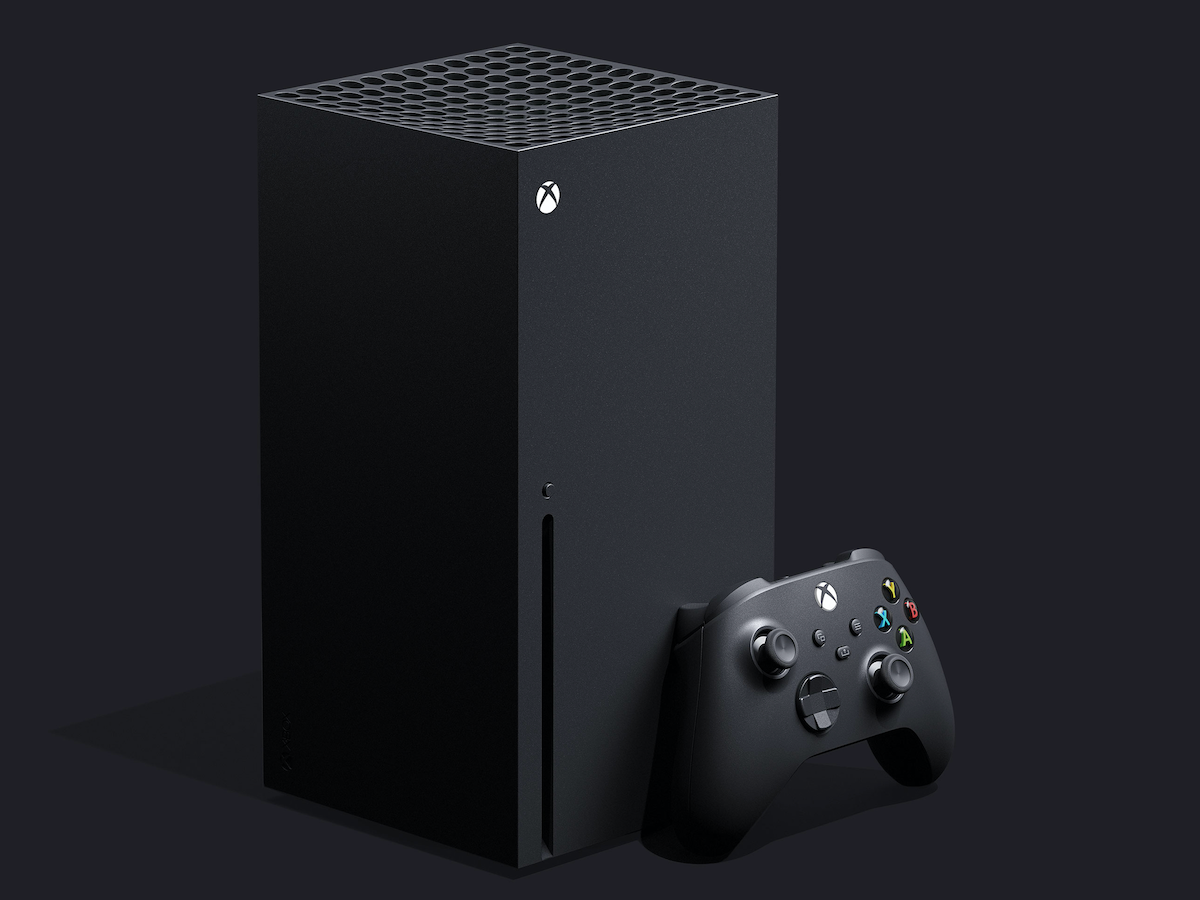
Microsoft should be applauded for its next-gen approach. The Xbox Series X and Series S are substantially different enough in key areas to provide a significant price difference, which is great news for gamers on more of a budget, or those not looking to go beyond 2K/ up to 120fps gaming for the foreseeable future. The Series S offers incredible value for money, in a package that’s as delightful to look at, as it is to use.
Naturally, if you want the ultimate no-compromise console experience (and are willing to pay for it), then the Series X is the way to go, especially if you want to hit a max of 120 buttery-smooth frames per second at glorious 4K resolution in certain titles.
Either way it’s a win-win for gamers, and you can’t go wrong, especially as the nasty days of bots and scalpers appear to be behind us. Happy gaming.



